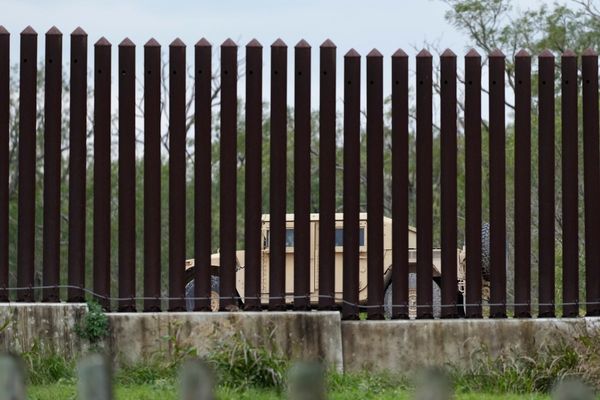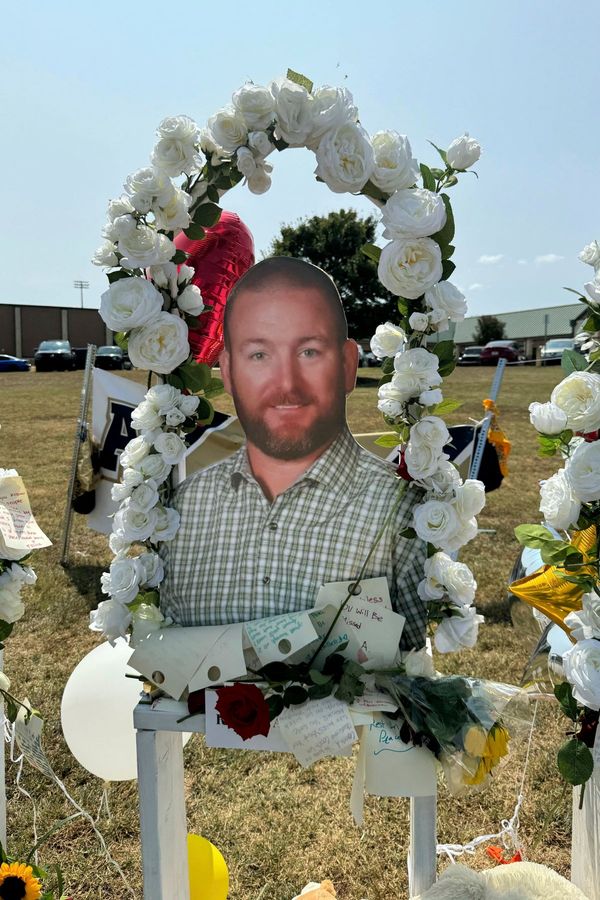Two years ago the Macquarie River stopped running near Warren, in the New South Wales Central West.
It was the first time since Burrendong Dam was built in the 1960s, and it created a critical situation for the world-renowned Macquarie Marshes.
Now it's a different story.
Professor Richard Kingsford conducts an aerial survey each year for the University of New South Wales' School of Biological Earth and Environmental Sciences.
Professor Kingsford has been doing the survey for more than 30 years, and said 2019 was one of the worst seasons he had witnessed.
"I think we saw two black ducks in the northern part of the marshes," he said.
At the same time as the aerial survey is taking place, the NSW Office of Environment and Heritage is also conducting its annual survey on the ground.
Tim Hosking said after years of drought, dust storms, and a grass fire that destroyed native reed beds the recovery could take another year, at least.
"[But] between the natural river flows and the managed environmental water we've added, the system is on the right trajectory for recovery," he said.
And he is hopeful that if water remains in the wetlands, there will be a strong breeding season.
Several pairs of magpie geese have already arrived at the marshes to breed.
But Mr Hosking said parts of the wetlands were taking longer to recover.
"There's some coolibah-black box areas, for example, that I think would love a bit of a drink, but the core of the marshes is on its way back from drought," he said.
Back from the brink
Back in 2019, critical town supplies were in doubt for some communities and water authorities were prioritising human needs above environmental ones.
Burrendong Dam, which supplies the Macquarie River and feeds the marshes, was at less than 5 per cent full.
Warren Shire Mayor Milton Quigley said the council was considering evacuating the local hospital, as it was close to not having a water source to fight fires.
"Warren's got a dual water capacity, so there's bore water and river water which we do use for firefighting," Councillor Quigley said.
"We had to think a few months in front and that [evacuating the hospital] was certainly a possibility that may have occurred."
Cr Quigley said that in the past two years the council had completed work to its water infrastructure to ensure Warren was never in that position again.
"We've also drought-proofed our bores in many ways, and cross-connected those as well so one bore field will always be working," he said.
Cr Quigley said authorities needed to use the times when water was flowing to consider how water could be managed during future droughts.
Tony Webber from WaterNSW said such considerations were at the forefront of the authority's operations.
"History tells us it's never far away unfortunately."
Build it and they will come
Until now, public access to the Macquarie Marshes has largely been limited, as most of the RAMSAR-listed wetland is on privately owned land, crossing a number of properties.
However, public access to the marshes has been vastly improved by a multi-million-dollar boardwalk which was completed in 2020.
Cr Quigley said it was hoped the lifting of COVID-19 restrictions would finally allow more tourists to witness the wetlands' remarkable recovery.
"There's people wanting to come and look from a long way away."







